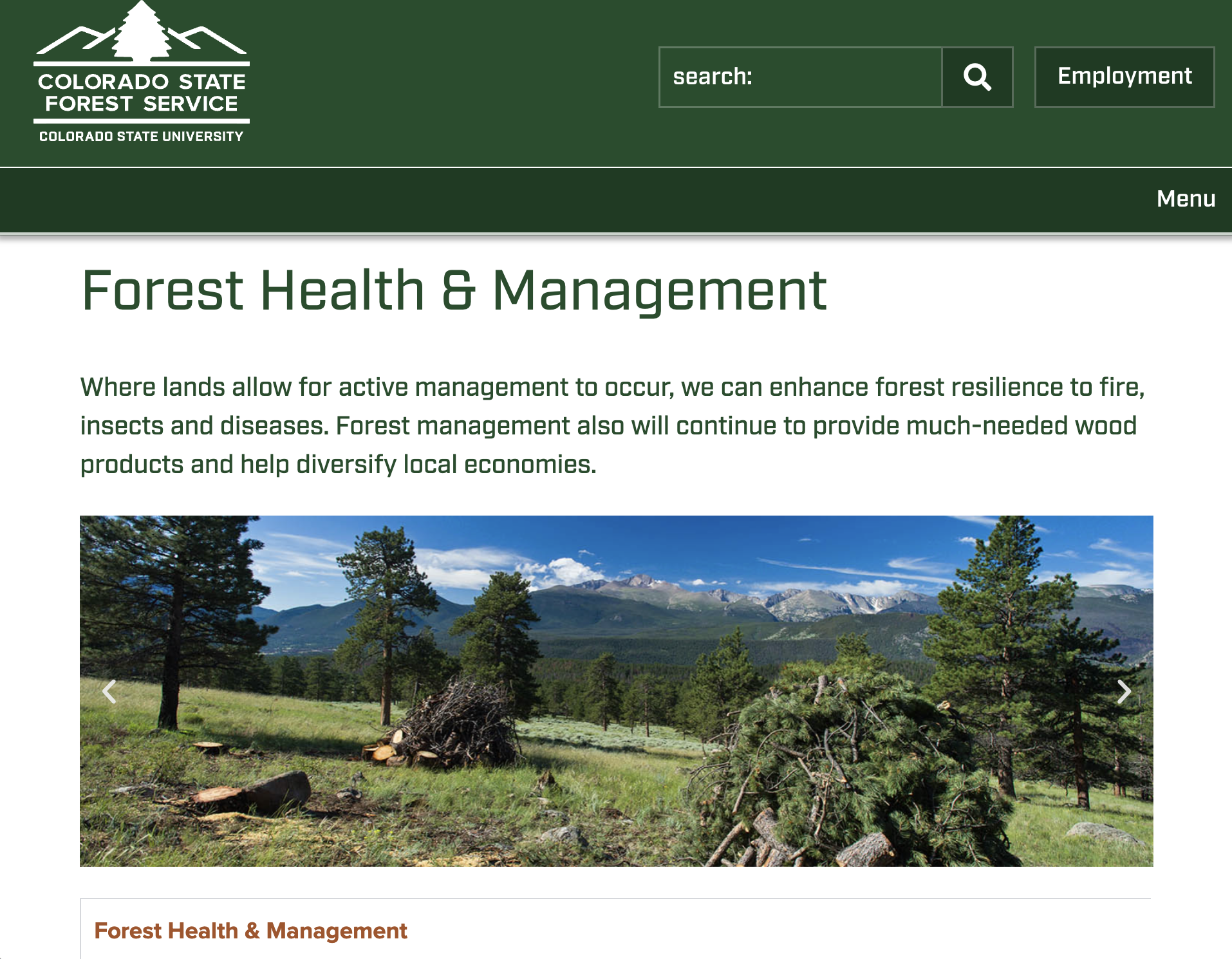solutions
Ensuring Healthy Forests
Why Healthy Forests Matter?
Healthy forests provide a suite of important benefits to Western communities and ecosystems, such as regulating snowmelt and water supply, improving water quality, capturing and storing carbon, and providing habitat for fish and wildlife. However, the health of Western forests is deteriorating due to a century of aggressive fire suppression, unsustainable logging practices, invasive pests, and other reasons. These challenges are exacerbated by increasing temperatures and drying soils. Historic under-investment in the implementation of forest management projects compounds past management decisions and ongoing changing conditions.
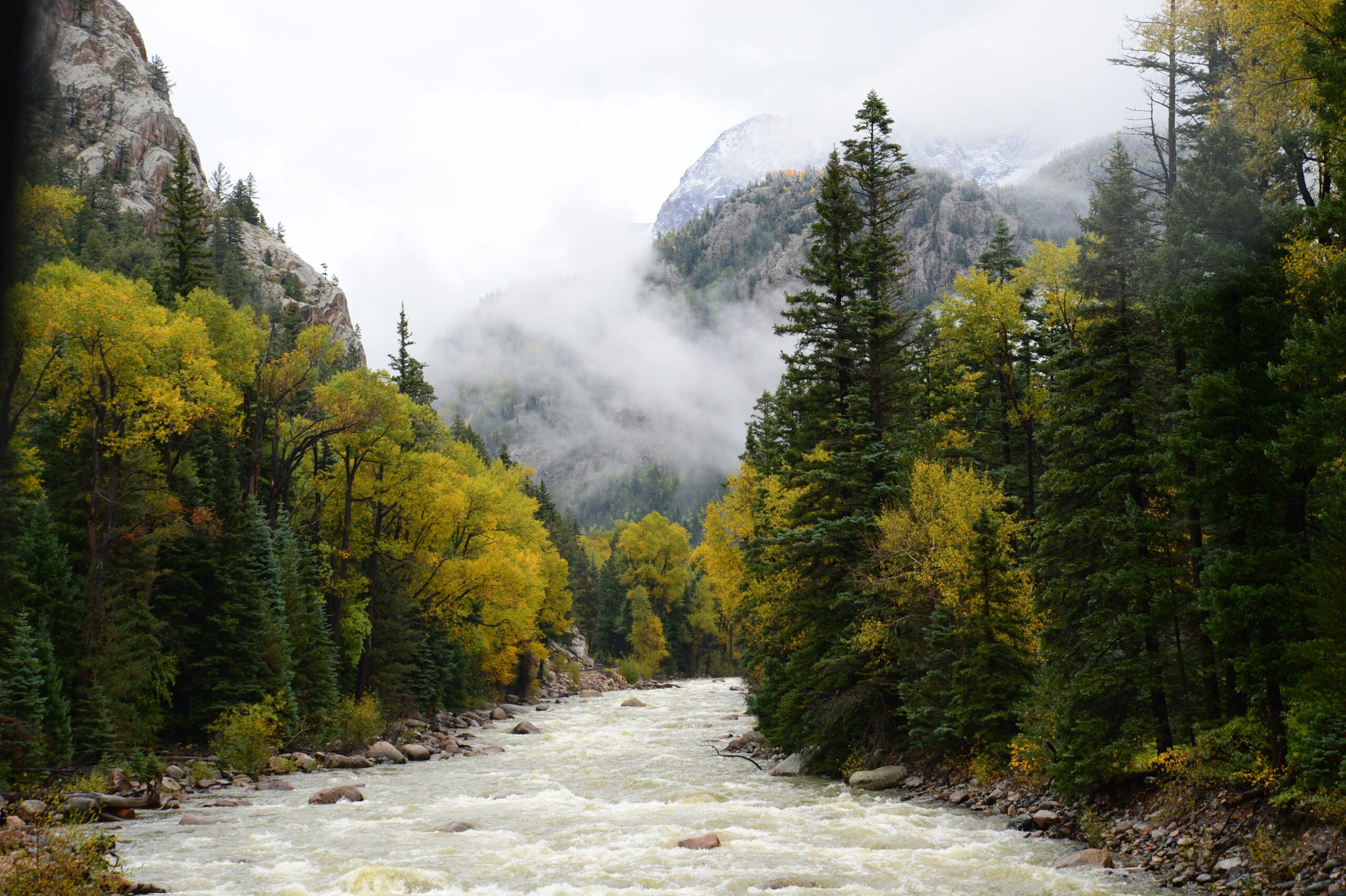
How To Improve Forest Health
Improving forest health across the West requires a two-pronged approach of (1) focused forest management and (2) forest restoration. Focused forest management includes stewardship of forests in ways that protect their viability and biodiversity, while forest restoration involves reviving the ecological integrity of degraded or destroyed ecosystems. Both are essential to boosting the Colorado River Basin’s resilience to extremes in water availability and risks of catastrophic wildfire.
Investing in forest health strategies such as the clearing of understory, addressing overgrowth, restoring river and stream channels, introducing wet meadow habitats, monitoring pests, treating invasive plants, and conducting prescribed burns will reduce risks to drinking water supplies, water quality, natural habitats, and property. It will also restore recreation opportunities. Such efforts help create jobs that boost local economies while reducing emergency and public health costs.
What Does It Look Like on the Ground?
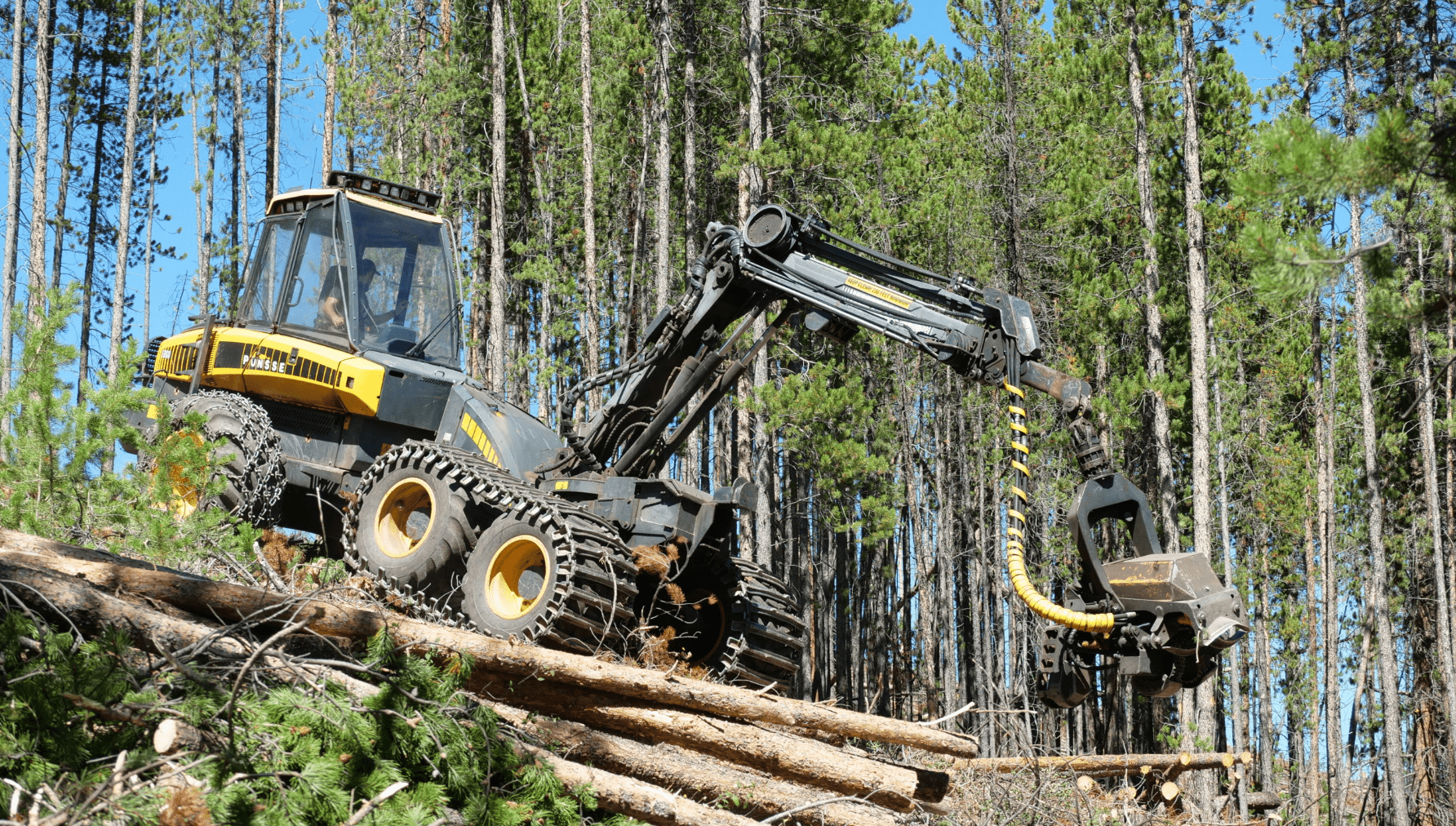
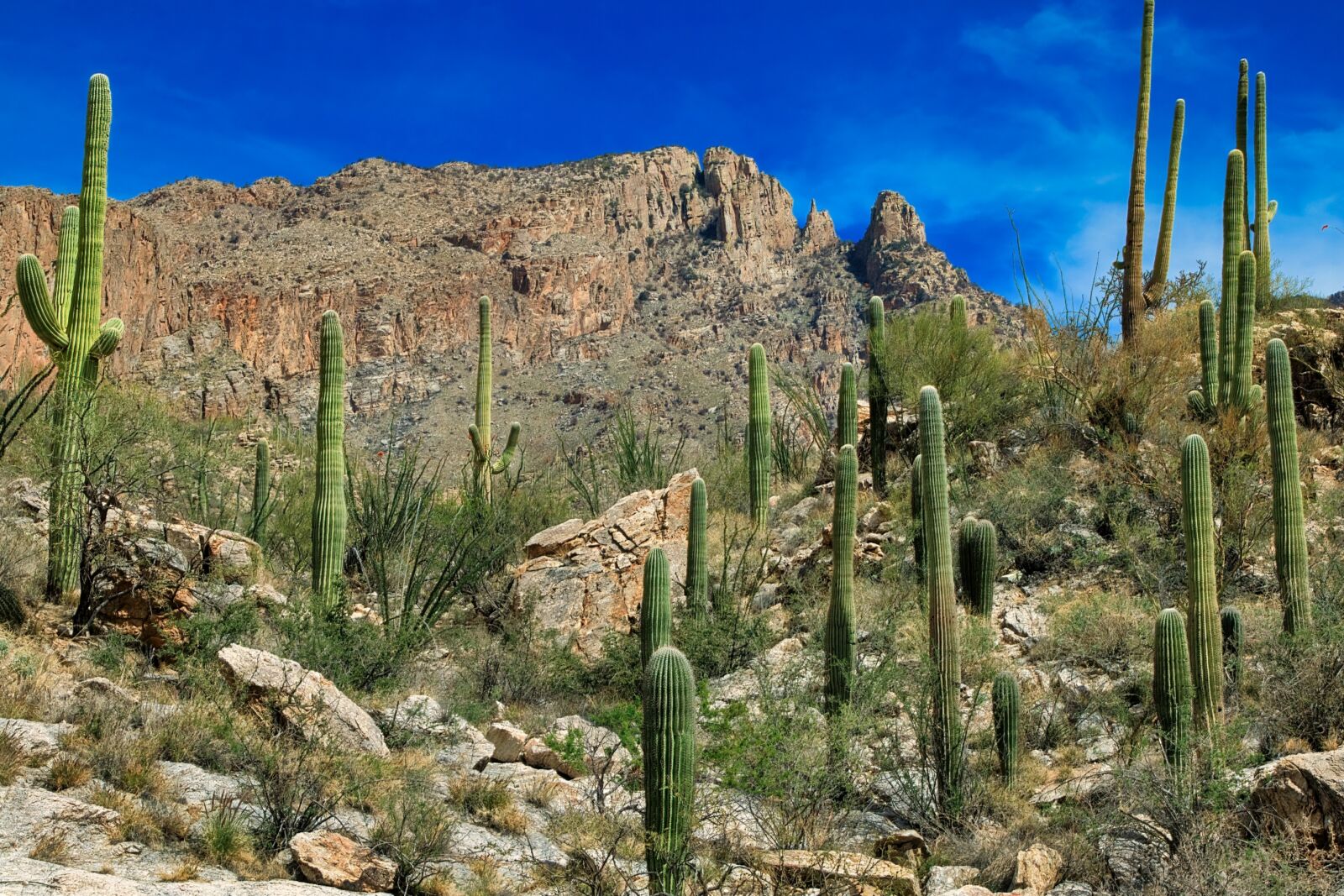
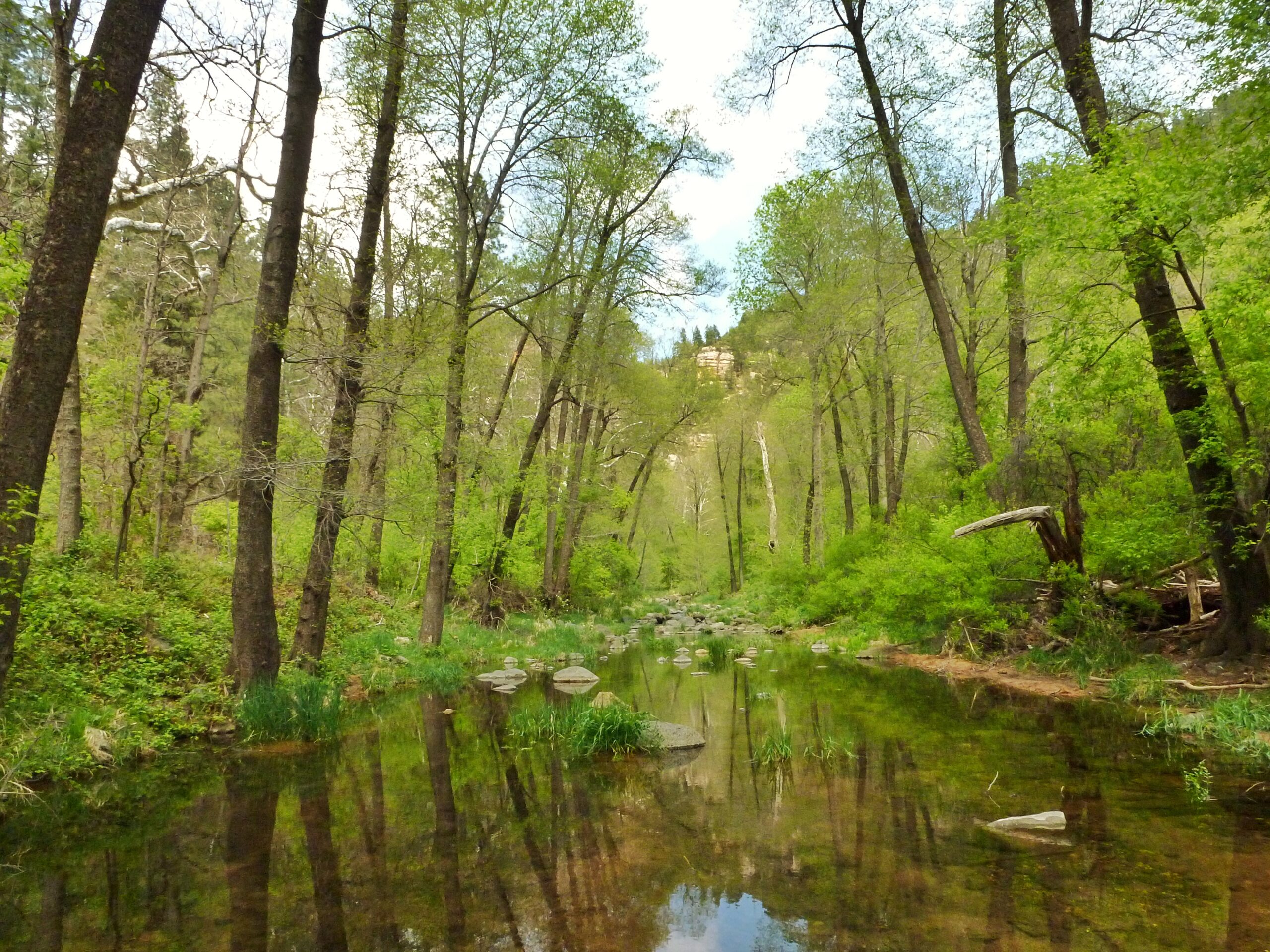

How Do We Scale It?
- Provide adequate funding and facilitate collaboration across local, state, federal, Tribal, and other entities to identify priorities and implement projects.
- Prioritize projects that improve ecosystem health while also increasing snowpack, protecting watersheds, improving flows, or reducing the severity of natural disasters.

